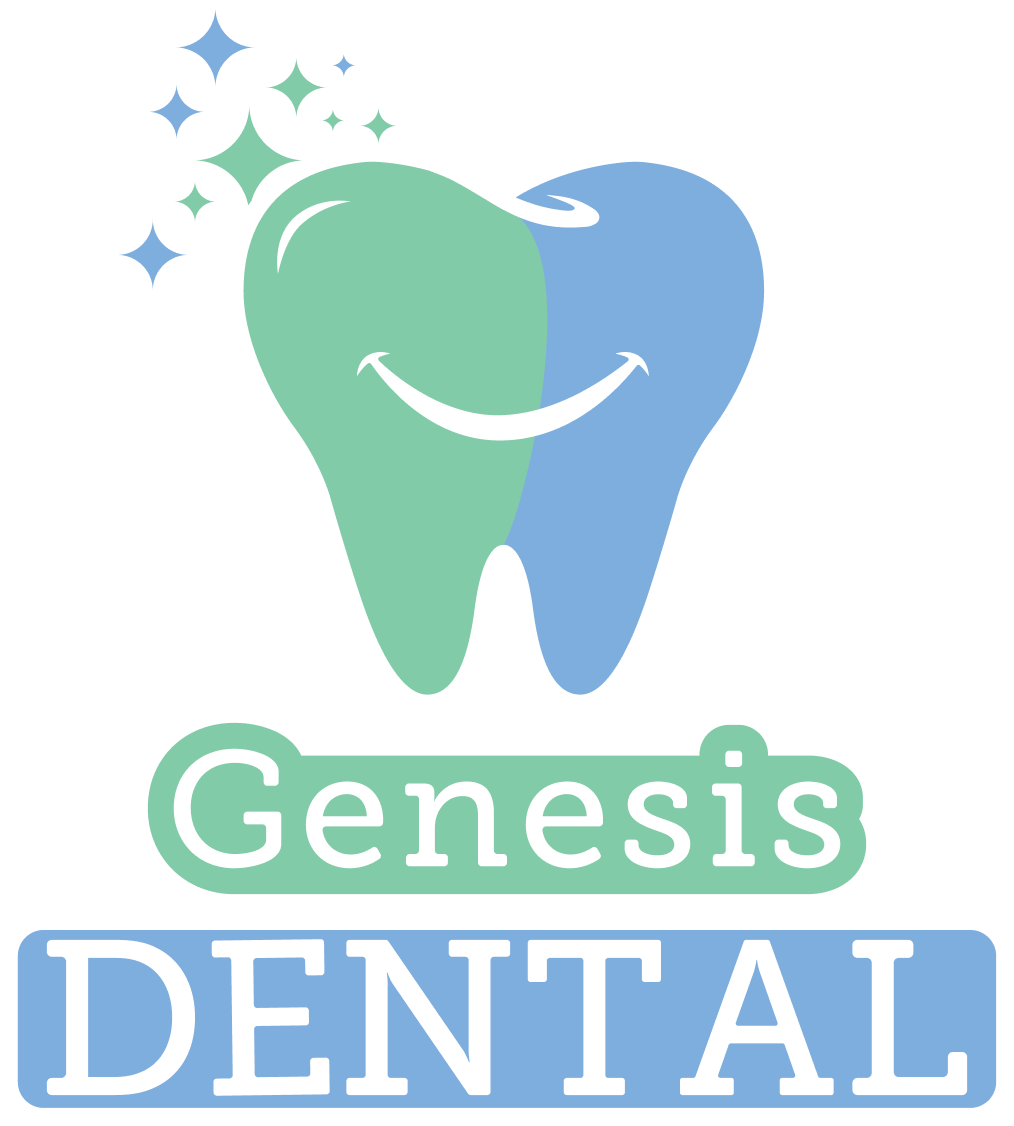What to Eat After Tooth Extraction Surgery in Flower Mound, TX
Quality Tips You Need to Know for Post-Tooth Extraction Care
Tooth extractions can be a necessary procedure for various reasons, including severe decay, overcrowding, or gum disease. While the procedure itself is relatively straightforward, the recovery process can take time. One of the most important factors in ensuring a smooth and speedy recovery is your diet. What you eat after tooth extractions helps with managing discomfort, reducing the risk of complications, and promoting healing.
Flower Mound, TX dentist, Dr. Madeleine Zhao will walk you through the types of foods you should eat and avoid after a tooth extraction, as well as some helpful tips for keeping your mouth as comfortable as possible. If you’re in Flower Mound, Highland Village, Lake Dallas or the surrounding areas, Genesis Dental is here to help guide you through the process and make sure your recovery is as smooth as possible. Contact Dr. Zhao today by calling (972) 355-2424.
The First 24 Hours: Stick to Soft and Cool Foods
 After your tooth extraction, your mouth will likely be swollen, sore, and sensitive. The first 24 hours are important for managing the initial discomfort and preventing further irritation or injury. During this period, you should follow a soft food diet and avoid hot, spicy, or crunchy foods that can irritate your gums and the extraction site.
After your tooth extraction, your mouth will likely be swollen, sore, and sensitive. The first 24 hours are important for managing the initial discomfort and preventing further irritation or injury. During this period, you should follow a soft food diet and avoid hot, spicy, or crunchy foods that can irritate your gums and the extraction site.
What to Eat:
- Ice Cream (without nuts or chunks): Soft, cold foods like ice cream can soothe your swollen gums. Stick to smooth varieties without any hard bits to avoid hurting the extraction site.
- Yogurt: This soft food is easy on the gums and provides much-needed protein and probiotics to support healing.
- Smoothies: Blended smoothies are a great option. You can even add fruits and protein powder for a nutritious, filling option. Just make sure the smoothies are cold and not too thick, as this could cause discomfort when drinking.
- Mashed Potatoes: Soft and creamy mashed potatoes are gentle on your gums. Make sure they’re not too hot, as this could increase swelling or cause pain.
- Apple Sauce: Smooth and cold, apple sauce is another gentle choice. It’s also rich in vitamins to support overall health during recovery.
What to Avoid:
- Hot foods and drinks: Anything that’s too hot can worsen swelling and cause discomfort. Stick to cool or room-temperature foods.
- Crunchy or hard foods: Chips, nuts, popcorn, or raw vegetables could potentially damage the blood clot or irritate the extraction site, leading to complications like dry socket.
- Acidic foods: Citrus fruits, tomatoes, or vinegar can irritate the healing gums and should be avoided in the first 24 hours.
During this time, the blood clot will form at the extraction site, which is essential for proper healing. Avoiding foods that could disrupt this process will help ensure your recovery remains on track.
The Next Few Days: Soft and Nutritious Foods for Healing

As the initial discomfort begins to subside, you can start to introduce a wider variety of foods into your diet. However, you still want to keep things soft to avoid putting too much pressure on the healing gums. At this stage, it’s essential to nourish your body with healthy, protein-rich foods to promote healing.
What to Eat:
- Scrambled Eggs: Scrambled eggs are soft, easy to eat, and packed with protein to support tissue repair. They’re also a great source of nutrients without being too difficult to chew.
- Pasta: Soft pasta like spaghetti or macaroni is a great option. You can add a bit of olive oil or soft sauce for flavor. Make sure to cook the pasta thoroughly so it’s easy to chew.
- Soups and Broths: A warm (but not hot) soup or broth can provide hydration and nutrients. Choose a smooth, creamy soup like potato or butternut squash. Avoid chunky soups with pieces that could be hard to chew.
- Oatmeal: A warm bowl of oatmeal can be soothing and easy to eat. You can also add honey or mashed bananas for added taste and nutrition.
- Cottage Cheese: Soft and mild, cottage cheese provides a good amount of protein without being hard on the gums.
What to Avoid:
- Hard or chewy meats: Steak, chicken, or any meat that requires heavy chewing should be avoided in the first few days after an extraction. These foods can be difficult to break down and can cause unnecessary pressure on the gums.
- Sticky or chewy foods: Foods like caramel, chewing gum, or taffy can stick to the extraction site and cause discomfort.
- Spicy foods: Spices and hot foods can irritate the wound and cause pain or discomfort.
A Week Into Recovery: Gradually Reintroducing Solid Foods
By the end of the first week, your mouth should feel less sore, though you may still experience some tenderness. At this point, you can begin to incorporate more solid foods into your diet. However, you’ll still need to be cautious about how you chew, especially near the extraction site.
What to Eat:
- Soft Chicken or Fish: Chicken or fish that is tender and easy to break apart with your teeth can be a good option. Steamed or baked fish, such as salmon, is especially soft and easy to chew.
- Avocado: Rich in healthy fats and easy to mash or slice, avocado is a great addition to your diet. It provides nutrients to aid in recovery and is gentle on the gums.
- Bananas: Soft fruits like bananas are easy to eat and full of vitamins, which are important for tissue regeneration.
- Rice: Soft, well-cooked rice is another good choice. It’s easy to chew and can be paired with soft vegetables or meat for a balanced meal.
What to Avoid:
- Tough, fibrous foods: Even though you’re gradually moving to solid foods, you’ll still want to avoid anything too tough to chew. Foods like raw vegetables, corn on the cob, or thick crusted bread should be avoided.
- Crunchy snacks: Avoid things like pretzels, chips, or popcorn that could get stuck in the extraction site and potentially cause irritation.
Additional Tips for a Smooth Recovery
While eating the right foods is essential for healing, there are a few more things to keep in mind for a smooth recovery:
- Stay Hydrated: Drink plenty of water throughout the day to stay hydrated. Avoid using straws for the first few days, as the suction can dislodge the blood clot.
- Rest: Give your body the time it needs to heal by resting. Avoid strenuous activities for the first few days after your extraction.
- Follow your dentist’s instructions: Always follow the advice of your dentist, Dr. Zhao at Genesis Dental to ensure proper healing and avoid any complications.
Frequently Asked Questions
How long should I wait to eat after a tooth extraction?
It’s best to wait until the anesthesia wears off before attempting to eat anything. Once you do eat, stick to soft foods and avoid hot foods and beverages.
Can I drink alcohol after a tooth extraction?
It’s best to avoid alcohol for at least 24 hours after the procedure, as it can interfere with the healing process and increase the risk of complications. Instead, drink water, broth, smoothies, and milk to keep your extraction site clean and healthy.
Is it okay to eat ice cream after a tooth extraction?
Yes, ice cream can be a good choice, as long as it’s not too cold. Stick to room temperature or slightly chilled ice cream, and avoid using a spoon or straw, as this can dislodge the blood clot.
Can I eat spicy foods after a tooth extraction?
It’s best to avoid spicy foods for at least the first few days after a tooth extraction, as they can irritate the extraction site and cause discomfort. Once the site has started to heal, you can slowly reintroduce spicy foods into your diet.
A Well-Balanced Diet for a Speedy Recovery
Recovering from a tooth extraction can take time, but with the right foods and proper care, you’ll heal quickly and comfortably. By following the guidelines above, you can help minimize discomfort, reduce the risk of complications, and support the healing process. Remember to keep your meals soft, cool, and nutritious, and always listen to your body. If you experience any complications or have concerns about your recovery, don’t hesitate to contact Dr. Madeleine Zhao at Genesis Dental by calling (972) 355-2424 for quality guidance.
